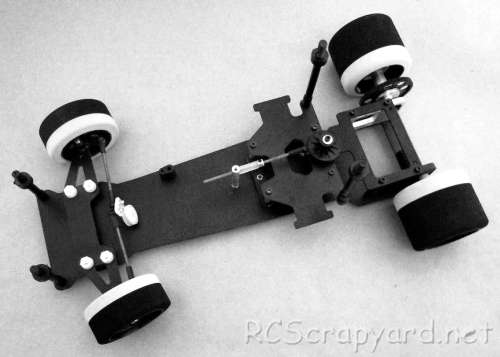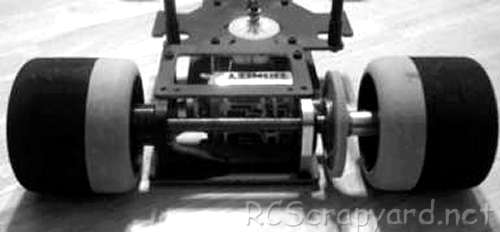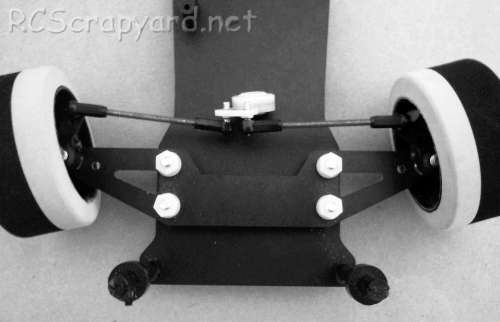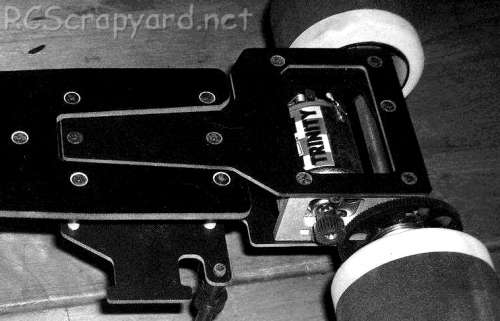

|
|
|


|
|
1/10 Scale Electric Truck/Truggy:
Trinity Street Spec Truck - Radio Controlled ModelHistory and Info:
Introduced by Team Trinity circa 1996, the 2WD Street Spec 10N Truck (S-Spec 10N), was available in two kit options: # SS2240 - with a Motor, Truck bodyshell and battery: # SS2241 - Truck bodyshell only.
▼ Scroll Down for More Images ▼
|








|
|
|

★ Trinity Street Spec Truck Chassis ★

★ Trinity Street Spec Truck Chassis ★

★ Trinity Street Spec Truck Chassis ★

★ Trinity Street Spec Truck Chassis ★

|
Buying a Used Trinity Street Spec
|
|
Manufacturers and Brands Catalogued, Listed and Reviewed by RC-Scrapyard.
At present, the RC Model Manufacturers, Brands and Distributors covered by us are: ABC Hobby, Academy, Acme Racing, Agama Racing, Amewi, Ansmann Racing, ARRMA, Team Associated, Atomic RC, Axial, AYK, Bolink, BSD Racing, Capricorn, Carisma, Carson, Caster Racing, Cen, Corally, Custom Works, Durango, Duratrax, ECX - Electrix, Exceed RC, FG Modellsport, FS-Racing, FTX, Fujimi, Gmade, GS-Racing, Harm, HBX, Helion, Heng Long, Himoto Racing, Hirobo, Hitari, Hobao, Hong-Nor, Hot Bodies, HPI, HSP, Intech, Integy, Jamara, JQ Products, Kawada, Kyosho, Losi, LRP, Maisto, Mardave, Marui, Maverick, MCD Racing, Megatech, Mugen, New Bright, Nichimo, Nikko, Nkok, Ofna, Pro-Pulse, Protech, PTI, RC4WD, Redcat Racing, RJ-Speed, Robitronic, Schumacher, Seben, Serpent, Smartech, Sportwerks, Step-Up, Tamiya, Team-C Racing, Team Magic, Thunder Tiger, Tomy, Top Racing, Traxxas, Trinity, Tyco, Vaterra RC, Venom, VRX Racing, WLToys, X-Factory, Xmods, Xpress, Xray, XTM, Yankee RC, Yokomo, ZD Racing and Zipzaps. |
|
Hints, Tips and Information Electric Motors for RC ModelsWinds and Turns
Q/ What does 15x2 or 17x3 mean? |
|
Hints, Tips and Information
Ackerman
So - What is Ackerman? |
|
RC Models:
|
Radio & Motors: |
Other
Accessories: |